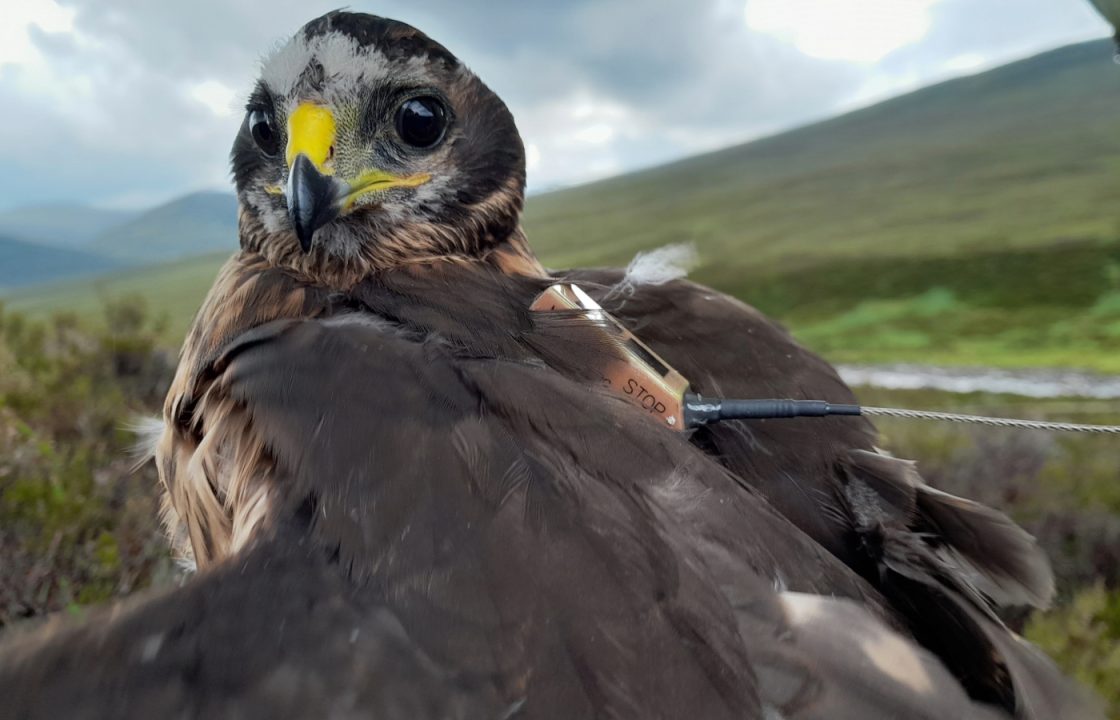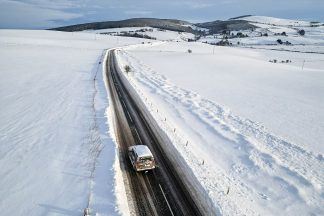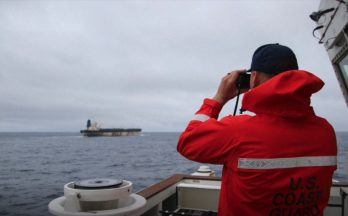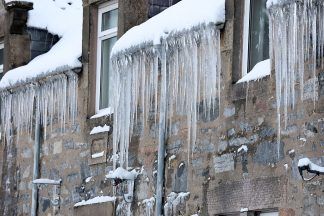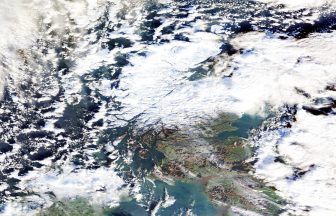The population of one of Scotland’s rarest birds of prey is on the rise despite challenges from what campaigners say are continued “illegal killings”.
The number of hen harriers north of the border is up 15% since 2016 to an estimated 529 territorial pairs, accounting for 77% of the entire UK and Isle of Man population.
The west Highlands, Hebrides and Orkney continued to provide a home for the majority of Scotland’s breeding harriers.
But RSPB Scotland said the 2023 survey reveals a “mixed picture” for hen harriers.
The population remains low in parts of the mainland where the charity says persecution continues to be a likely constraint on their numbers “as evidenced by satellite-tagged hen harriers continuing to disappear, mainly in areas managed for grouse shooting”.
For the first time since national hen harrier surveys began, the Hebrides held the second largest population in Scotland with an estimated 110 territorial pairs – a 125% increase since 2016.
There was also an increase of 69% in the the eastern parts of the Highlands.
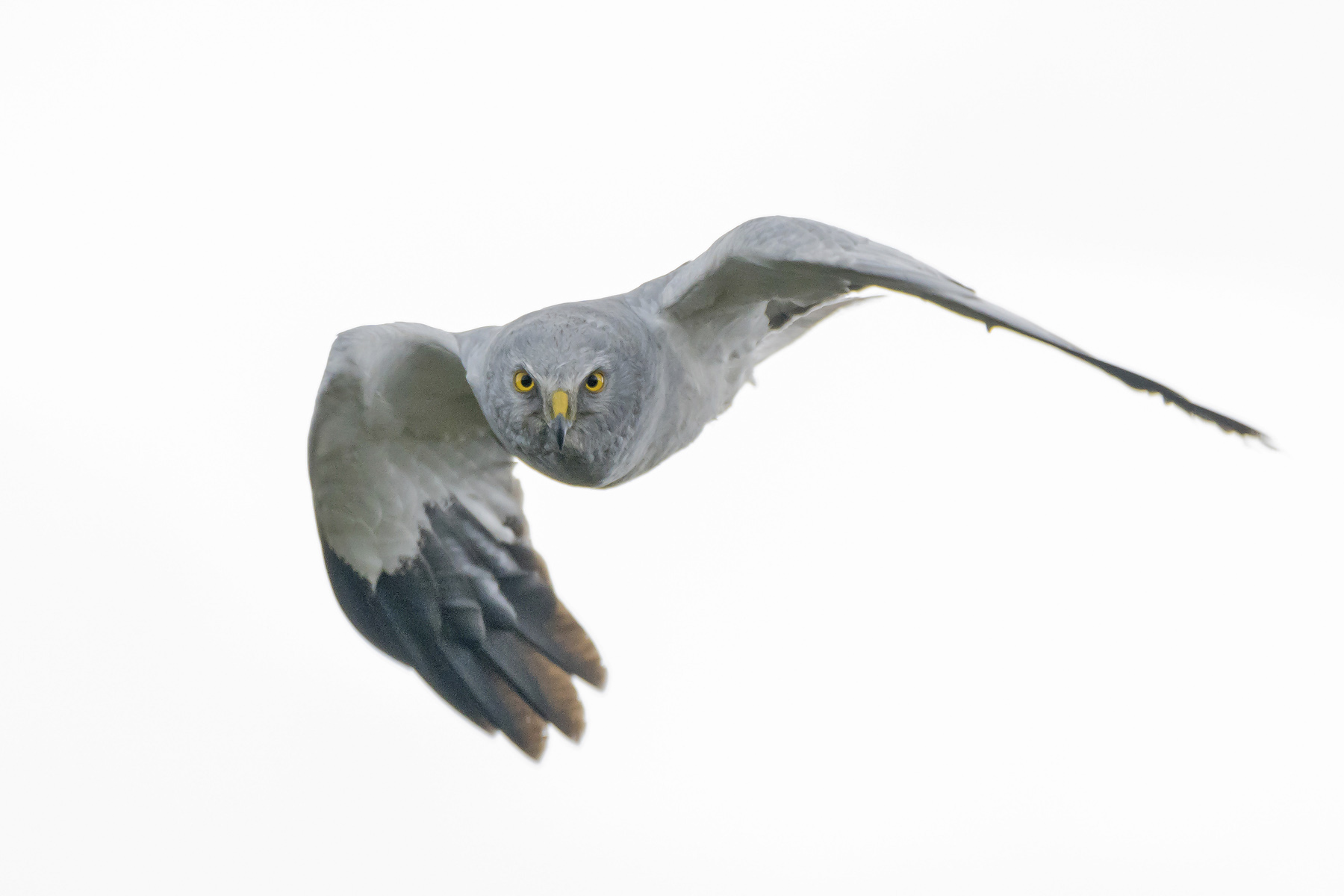 RSPB Scotland
RSPB ScotlandOrkney and the north of the Highlands saw their populations rise by 15% and 12% respectively, while the west Highlands showed a decline of 5%.
The southern uplands saw a steep decleine of 32%.
The RSPB said four Special Protection Areas (SPAs) are designated by NatureScot for this species in the south of Scotland, and they now only breed on one, community-owned land at Langholm.
The charity said Scotland has 15% fewer birds than it did 20 years ago while the numbers breeding on grouse moors continue to decline.
Overall, the survey found an estimated 691 territorial pairs across the UK.
That amounts to a 20% increase from the 545 pairs recorded in the last survey in 2016 and puts an end to the trend of decline shown since the 2004 survey, when 749 pairs were recorded.
The RSPB said hen harriers remain far less abundant or widespread than they should be, and the new population estimate represents only a quarter of the potential population their ideal habitat can support.
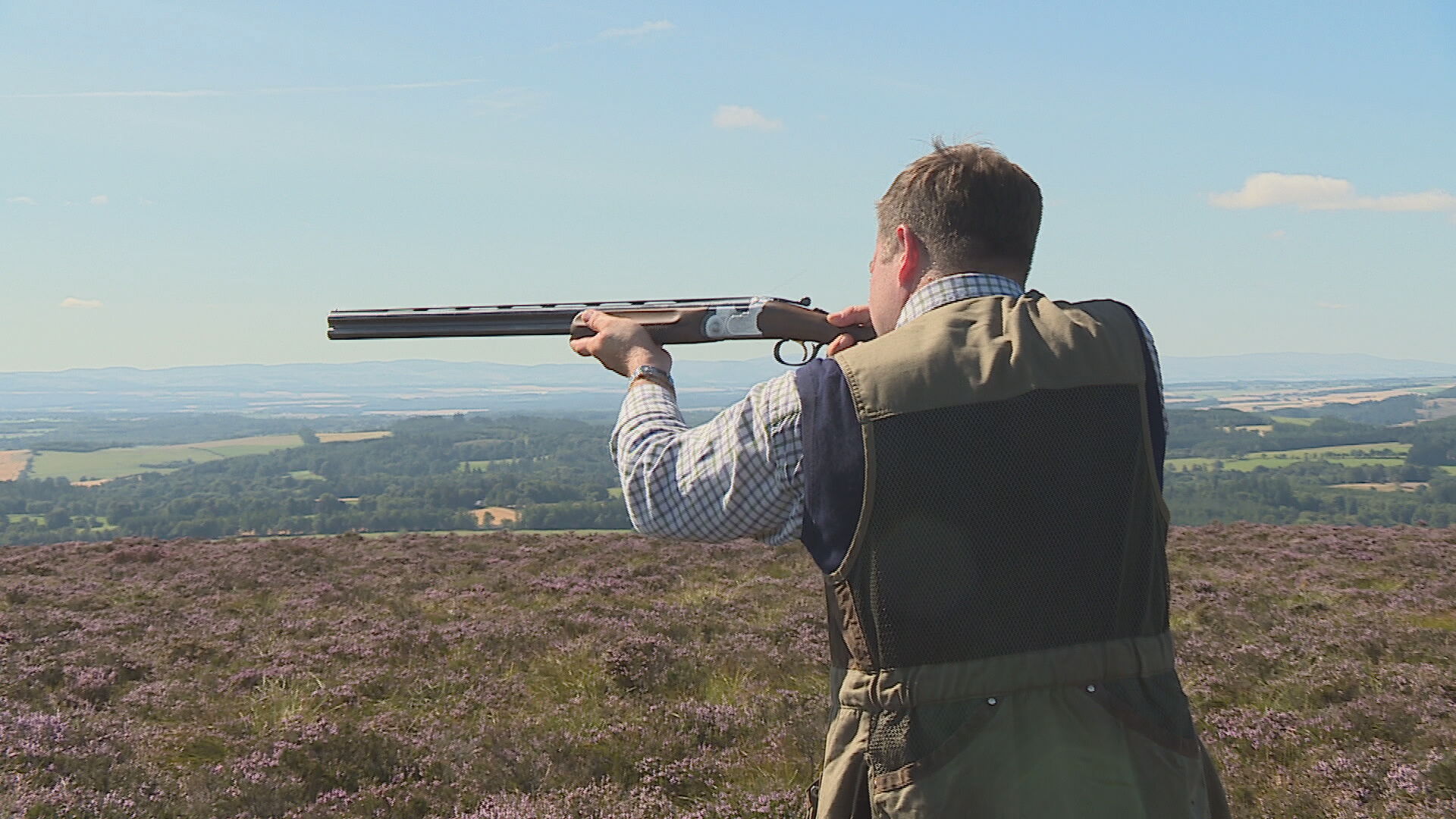 STV News
STV NewsThe Scottish Government recently passed the Wildlife Management and Muirburn (Scotland) Bill which will introduce licencing for grouse shooting in Scotland, alongside measures to protect harrier habitats.
The RSPB said it hopes the success in Scotland will lead to similar legislation in England, and that landscape restoration in Wales and Northern Ireland lead to a brighter future for hen harriers in the UK.
Duncan Orr-Ewing, head of species and land management for RSPB Scotland, said: “The results of the latest hen harrier survey show there is cause for optimism, and some encouraging signs of population recovery in parts of Scotland, particularly the Western Isles, which we hope to see continue.
“Sadly, hen harrier persecution continues. Just last month, a satellite-tagged hen harrier disappeared in the Angus Glens. The illegal killing associated with intensive grouse moor management must stop. We are calling on Police Scotland to ensure all satellite tagged raptors disappearing in suspicious circumstances be recorded as a crime.
“With the passing of the Wildlife Management and Muirburn Bill by the Scottish Parliament, all grouse shooting in Scotland will require a licence, which can be revoked if there is evidence of raptor persecution and other forms of wildlife crime, that is linked to a particular landholding.
“In our view the passing of the Wildlife Management and Muirburn (Scotland) Bill should provide a significant deterrent to wildlife crime, and we should now expect to see Hen Harrier populations on grouse moors increasing. The Bill also contains important changes to the law with regards burning on moorland which should improve nesting habitats for hen harriers.”
‘Illegal killings at very low levels’
Ross Ewing, director of moorland at Scottish Land & Estates, said: “This survey makes clear that Scotland remains the stronghold for hen harriers in the UK, with nearly 80% of the UK and Isle of Man population breeding in Scotland.
“This is very welcome news which is to be celebrated, particularly the increases found in the eastern and northern Highlands where many estates have grouse shooting interests.
“Many shooting estates have participated in initiatives aimed at improving the population in Scotland further and grouse moor managers and gamekeepers have been happy to see hen harriers on their land as well as other raptor species.
“The illegal killing of raptors in Scotland has been at very low levels for a number of years and at a time when raptor populations are expanding. It is misleading to give the impression that when a satellite tag fails, the presumption is that a bird has been killed.
“Those working on the land know full well that there are many reasons that hen harriers die, particularly early in life, and why satellite tags fail.
“We firmly believe that at a time when Scotland has the strictest laws in place regarding wildlife crime, including a forthcoming licensing scheme for grouse shooting, the RSPB moves forward and acknowledges – as government and other agencies do – that grouse moors have an important role to play in the conservation of at-risk bird species.”
Follow STV News on WhatsApp
Scan the QR code on your mobile device for all the latest news from around the country


